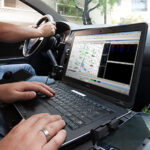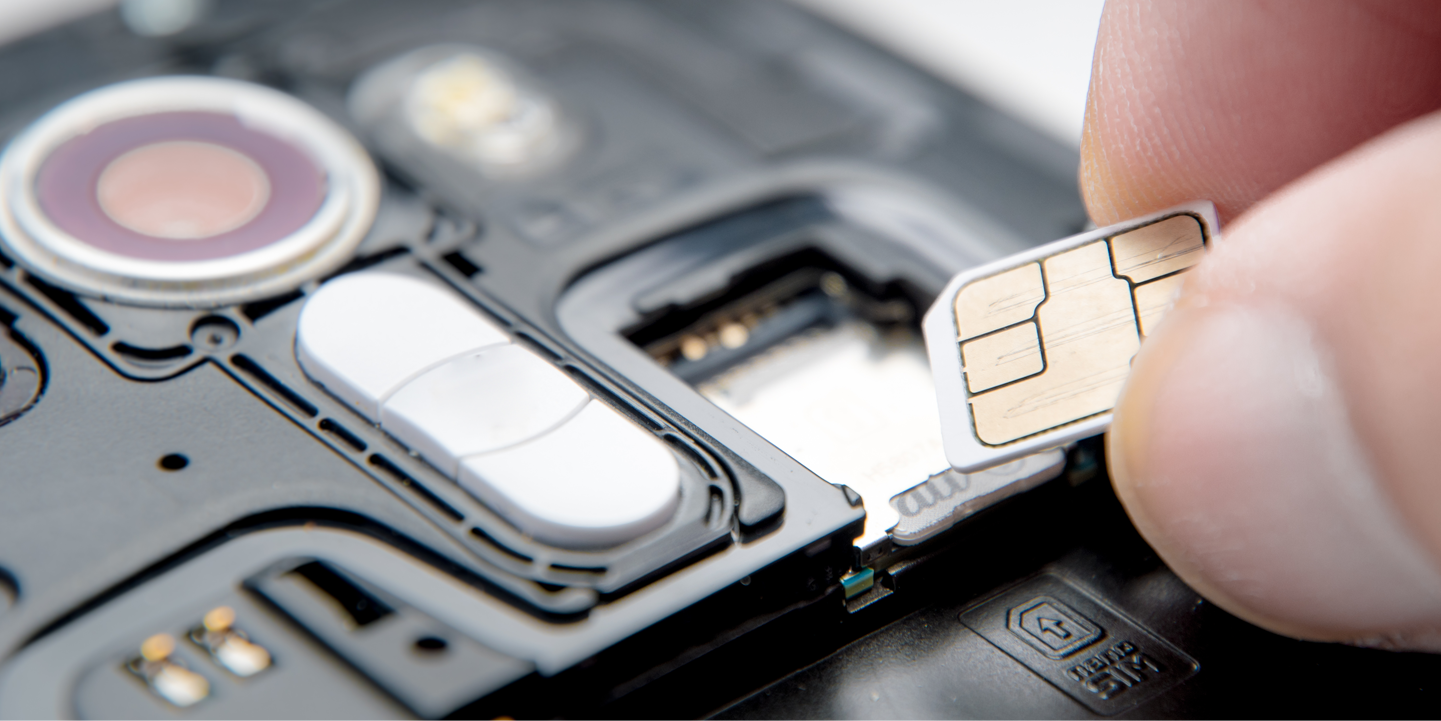Internet of Things (IoT) refers to the networked interconnection of devices, vehicles, and structures that include electronics, sensors, and a means of collecting and transmitting data. This interoperability allows for the collection and exchange of information across the various devices. There are already billions of IoT devices in operation today, and that figure is expected to rise to more than 29 billion over the next several years. You may set up your Internet of Things (IoT) network in a variety of ways, but cellular connectivity is one of the most frequent and reliable options.
Connecting your smartphone to a cellular network necessitates the use of a Subscriber Identity Module, or SIM card. The size and shape of the SIM card required for your Internet of Things device will be established by the device’s intended use, its capabilities, and its design.
When it comes to the IoT, what does a SIM card include and how does it function?
A special SIM card designed for Internet of Things devices like smartwatches, fitness trackers, industrial sensors, and similar gadgets is known as an IoT Sim Card. The card is assigned a special number that serves as the gadget’s online ID when it connects to the internet.
Then, why do we need SIM cards anyway?
IoT SIM cards offer features similar to those of traditional SIM cards, but they also have their own characteristics that make them stand apart. It does this by linking your device to the overarching network and facilitating information exchange between your gadget and the rest of your IoT infrastructure. With variety of iot sim card uses you need to be specific.
When compared to traditional SIM cards, what makes IoT SIMs special?
SIM cards used in IoT devices are unique in comparison to regular SIM cards because of how they were developed. They’re equipped with a plethora of novel features, such as lower energy consumption, higher levels of security, and compatibility with a wide range of network protocols. Additionally, IoT SIM cards are built to withstand extreme temperatures and other environmental factors, making them ideal for use in the IoT.
Conclusion
There may be other advantages to using IoT Sim cards. IoT SIM cards are adaptable so that you may choose the data plan that best suits your needs. In return for receiving IoT Sim cards, users of an IoT connection provider have access to an IoT connectivity platform. This allows the solution provider to do a variety of tasks and track data use as needed.








